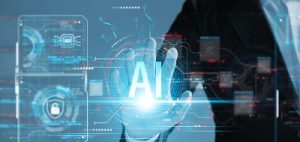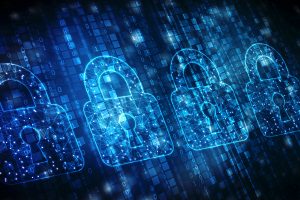
Artificial Intelligence (AI) has incredible potential to speed decision-making and unearth connections between data to inform government services and programs. AI is being implemented across government and private industry with very little policy or regulation as to its development or use. In many ways, this lack of oversight is driving exciting innovation, but as this innovation leads to new uses, the risks of infringing on citizen rights and privacy increase.
Peter Parker (Spiderman) was warned, "with great power comes great responsibility." Similarly, AI developers need a voice providing gentle guidance as they figure out how best to use AI's power for good. In the fall of 2022, the White House released the AI Bill of Rights, designed to address concerns about how, without some oversight, AI could lead to discrimination against minority groups and further systemic inequality. Continue reading


 Ransomware has traditionally been a practice where cybercriminals encrypt data and demand ransom in exchange for a decryption key. More recently, a growing number of these bad actors threaten to make this information public if they do not get paid. This shift in the practice of ransomware has increased the "attractiveness" of K-12 schools for cyber criminals. Information about children is among the most highly protected data there is, making it more likely ransoms will be paid to keep it private. For this and other reasons, K-12 schools are seeing an increase in ransomware activity. In 2021, there were at least
Ransomware has traditionally been a practice where cybercriminals encrypt data and demand ransom in exchange for a decryption key. More recently, a growing number of these bad actors threaten to make this information public if they do not get paid. This shift in the practice of ransomware has increased the "attractiveness" of K-12 schools for cyber criminals. Information about children is among the most highly protected data there is, making it more likely ransoms will be paid to keep it private. For this and other reasons, K-12 schools are seeing an increase in ransomware activity. In 2021, there were at least  Recent security breaches via software have made supply chain security a priority across government. No longer is it enough to build security into a solution; now every product that is part of that solution is being examined for its security and risk. In response, the Biden Administration issued a Cybersecurity Executive Order that aims to provide more control over the content of code that comes in contact with government systems and infrastructure.
Recent security breaches via software have made supply chain security a priority across government. No longer is it enough to build security into a solution; now every product that is part of that solution is being examined for its security and risk. In response, the Biden Administration issued a Cybersecurity Executive Order that aims to provide more control over the content of code that comes in contact with government systems and infrastructure.

